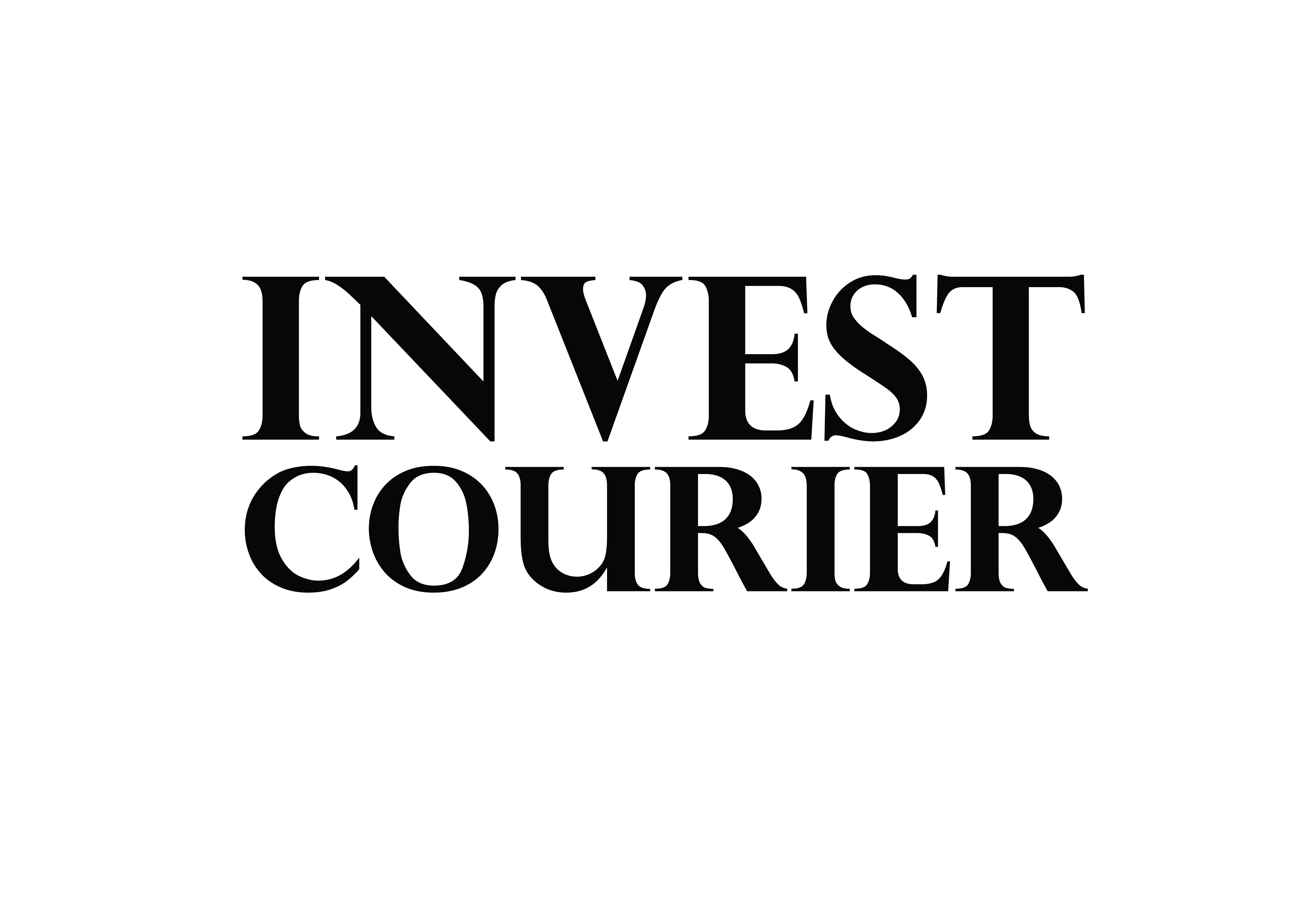The way people work has changed. Big companies now rely on short-term contracts, and 40% of the U.S. workforce chooses project-based roles over traditional jobs. If you crave flexibility and control, this shift opens doors.
Over 59 million Americans took on freelance work in 2023. Why? Unlike fixed office schedules, this model lets you pick projects, set rates, and work from anywhere. But it’s not without hurdles—income varies, and self-promotion is essential.
Take Kendra, who left corporate burnout behind. Now, she balances multiple clients while traveling. As Seth Godin notes, freelancers focus on execution, while entrepreneurs build systems. Both paths offer unique rewards.
Key Takeaways
- The gig economy now includes 40% of U.S. workers.
- Freelancing offers location freedom and project diversity.
- Income stability requires planning and self-marketing.
- Successful independents specialize in high-demand skills.
- Transition stories (like Kendra’s) highlight real-world adjustments.
How to Become a Successful Freelancer in the Gig Economy
The traditional 9-to-5 grind is no longer the only path to financial stability. Today’s workforce thrives on flexibility, with platforms like Upwork and TaskRabbit fueling a $1.5 trillion freelance market by 2030. What began with ride-sharing apps now spans corporate contracts, creative projects, and healthcare roles—up 78% post-pandemic.
From Side Hustle to Sustainable Career
Zee, a former tech employee, traded her $100K salary for freelance consulting. Though her income dipped to $40K initially, she now earns more while choosing clients aligned with her values. Platforms processed $3.8B in earnings last year, proving this isn’t just a “side hustle.”
Jasmin Elliott built her 100% referral-based business through networking. Her story mirrors McKinsey’s finding: 73% of independents credit technology for easier work access. With 85% reporting equal or better pay than traditional jobs, the gig economy offers real opportunities.
Why This Model Works
- Diverse sectors: From coding to caregiving, demand spans industries.
- Control: Set rates, pick projects, and work remotely.
- Growth: Stats show corporate reliance on freelance talent rising yearly.
Identifying Your Freelance Niche and Skills
Specialization separates thriving independents from struggling generalists. The right blend of skills and market demand can turn side projects into six-figure careers. Start by auditing your strengths—what tasks energize you? What do clients consistently praise?
Assessing Your Strengths and Market Demand
Use the T-shaped model: deep expertise in one area (like web development) paired with broad complementary abilities (client communication, SEO). Kathie Bentley, a former x-ray tech, leveraged her organizational skills to build a virtual assistant business earning $120K/year.
“Freelancers win by solving specific problems, not being ‘good at everything.'”
Top 5 in-demand skills for 2024:
| Skill | Demand Growth | Median Rate |
|---|---|---|
| Content Creation | 62% | $75/hour |
| AI Prompt Engineering | New | $110/hour |
| Web Development | 43% | $90/hour |
| Financial Planning | 31% | $85/hour |
| Telehealth Services | 28% | $70/hour |
Upskilling for Competitive Advantage
Avoid oversaturated services like generic graphic design. Instead, target emerging niches:
- AI content auditing (tools like Originality.ai).
- Hybrid remote event planning.
- NoCode development (certified freelancers earn 22% more).
Platforms like Coursera report high ROI for courses in data storytelling and UX design. Track industry trends with Google Trends or Upwork job scrapers to stay ahead.
Building a Strong Personal Brand
Standing out in a crowded market starts with a magnetic personal brand. It’s not just a logo or tagline—it’s how clients perceive your unique blend of skills and values. Rakia Ben Sassi gained 18K followers in six months by sharing authentic tech tutorials, proving relatability drives trust.

Crafting Your Unique Value Proposition
Your UVP answers: “Why choose me?” Follow this formula: “I help [audience] achieve [result] through [differentiator].” For example:
- Weak: “Full-stack developer.”
- Strong: “Shopify migration specialist for $1M+ brands, reducing downtime by 40%.”
Money_Television_480 revamped their Upwork profile with this approach, landing 5 high-ticket clients in a month. Social proof like case studies amplifies credibility—share one weekly alongside educational content.
Leveraging Social Media and Online Presence
LinkedIn profiles with pro photos get 21x more views. Match your platform to your audience:
- B2B: LinkedIn + data-driven posts.
- Under-35 demo: TikTok/Reels with quick tips.
- Creatives: Behance or Dribbble for visual portfolio teasers.
“Consistency beats virality. Post 3 how-tos and 1 win weekly to stay top-of-mind.”
Tools like Canva Pro ensure visual cohesion, while Metricool schedules cross-platform posts. Handle negative reviews gracefully—respond publicly with solutions, not excuses.
Creating a Standout Freelance Portfolio
Your portfolio is your digital handshake—it’s often the first impression potential clients see. Platforms like Dribbble report that profiles with quantifiable results attract 67% more inquiries. Whether you’re a designer or consultant, this is where skills transform into compelling narratives.
Selecting Your Best Work Samples
Curate 5–7 flagship projects that highlight diverse experience. For example, include a website redesign that boosted load speed from 8s to 1.2s. Kaleigh Moore’s SaaS-focused portfolio demonstrates the power of niche specialization—her case studies drove a 40% client conversion bump.
Follow the Challenge-Solution-Result framework:
- Challenge: Client needed 300% faster mobile responsiveness.
- Solution: Redesigned UX with lazy loading.
- Result: 22% lower bounce rate in 3 months.
Writing Compelling Project Descriptions
Avoid jargon like “Created a website.” Instead: “Delivered a Shopify migration for $1M+ brands, cutting downtime by 40%.” Video walkthroughs (under 2 minutes) can boost engagement—tools like Loom let you narrate your process.
“Clients skip portfolios that don’t show measurable impact. Always link skills to outcomes.”
Portfolio-building tools comparison:
| Platform | Best For | Avg. Cost/Month |
|---|---|---|
| Adobe Portfolio | Visual creatives | $10 |
| WordPress | Customization | $3–$25 |
| Dribbble Pro | Designers | $8 |
Always get client permission for NDAs—redact sensitive data but keep the core results. Testimonials like “John doubled our leads” add social proof without clutter.
Finding and Landing High-Paying Gigs
Top earners know where and how to find premium clients. Whether you’re new or seasoned, the right platforms and tactics can double your income.
Top Platforms for Freelance Work
Not all platforms are equal. Compare fees and exclusivity:
| Platform | Fee | Best For |
|---|---|---|
| Upwork | 10% | Volume gigs |
| Fiverr | 20% | Quick projects |
| Toptal | Varies | Elite talent (3% acceptance) |
Contra offers zero fees, while niche sites like Superpath cater to writers. Choose based on your goals.
Crafting Winning Proposals
Stand out with this proposal formula:
- Hook: “I helped [similar client] achieve [result].”
- Relevance: Link past work to their needs.
- Next steps: “Let’s schedule a call Tuesday.”
“Clients skip generic pitches. Show you’ve researched their pain points.”
Networking Strategies for Freelancers
82% of high-earners use direct outreach. Try these networking tactics:
- LinkedIn: Message hiring managers with: “I noticed [their post]—here’s how I solved [related challenge].”
- Niche communities: Join Indie Hackers (devs) or Creative Circle (designers).
- Bartering: Trade services (e.g., design for accounting).
Offer a 10% referral discount to incentivize clients to spread the word.
Pricing Strategies for Freelancers
Smart pricing separates thriving freelancers from those stuck in low-paying cycles. Charge too little, and you’ll burn out. Charge too much without justification, and clients walk away. The sweet spot? Aligning your value with market demand.

Setting Your Rates Competitively
Start with the rate formula: (Desired income + expenses) ÷ billable hours. If you want $80K/year with 20 vacation days, that’s 1,920 billable hours at $42/hour. Tools like FreshBooks’ calculator adjust for taxes and overhead.
Freelancers charging per project earn 23% more than hourly workers (Payoneer). Rebecca Nash doubled her income by framing her copywriting as “conversion boosts” vs. “word count.” Her case studies showed $50K+ revenue increases for clients.
Value-Based Pricing vs. Hourly Rates
Hourly rates cap your earnings. Value-based pricing ties fees to outcomes. For example:
- Weak: “$50/hour for website design.”
- Strong: “$3K for a mobile-optimized site that reduces bounce rates by 30%.”
Use anchor pricing ($3K/$5K/$8K packages) to guide clients toward mid-tier options. Remove dollar signs ($3,000 → 3,000) to reduce sticker shock. Highlight the “most popular” choice to nudge decisions.
“Retainers create stability. Offer a 20% discount for 3-month commitments—it’s a win-win.”
Protect your income with contract clauses: kill fees (30% for canceled projects), two free revisions, and 50% upfront. Transition scripts like, “Based on last year’s results, my new rate is…” justify increases smoothly.
Mastering Time Management as a Freelancer
Productivity isn’t about working more—it’s about working smarter. Independents who optimize their hours report 28% higher output, according to the 52/17 rule (52 minutes focused, 17 minutes rest). The right tools and routines turn chaos into controlled growth.
Structuring Your Day for Peak Performance
Start with deep work blocks: three 90-minute sessions with 20-minute breaks. Limit client calls to 11am–12pm windows to avoid interruptions. Batch tasks—like reserving Mondays for outreach and Tuesdays for project work—to minimize context-switching.
John Rampton’s time audit method saved 6 hours weekly. Try it:
- Track every activity for a week.
- Cut or automate low-value tasks (e.g., use Calendly for scheduling).
- Theming days (e.g., Admin Wednesdays) streamlines focus.
Essential Tools to Stay on Track
Top apps for time management:
- Toggl Track: Logs hours and generates client reports.
- RescueTime: Blocks distractions during work sessions.
- Sunsama: Combines calendars and task lists.
“Automate repetitive tasks with Zapier. It hands off data entry so you can focus on high-impact work.”
Physical timers (like the Pomodoro technique) reinforce schedule discipline. Pair them with a no-meetings Friday policy to protect creative flow.
Financial Management for Freelancers
Financial stability looks different when your income fluctuates month to month. Unlike salaried roles, you’ll need systems for taxes, savings, and lean periods. Start by tracking every dollar—apps like QuickBooks Self-Employed automate this.
Budgeting When Paychecks Vary
Adapt the 50/30/20 rule for irregular cash flow:
- 50% for essentials (rent, utilities)
- 30% for taxes and retirement (Solo 401(k) allows $66K/year)
- 20% for discretionary spending
Build a 6-month emergency fund using high-yield accounts. When a $5K project lands, immediately allocate portions to tax and savings buckets.
Tax Strategies That Save Money
The IRS expects quarterly payments—miss them and face penalties. Set aside 25.3% of each check (the average effective rate for 1099 workers). Deductions lower your bill:
“Home office claims ($5/sq ft) and equipment depreciation are often overlooked goldmines.”
Compare health plans: ACA marketplace premiums may qualify for income-based credits. For dental/vision, freelancer unions like Freelancers Union offer group rates.
Use a 5-account financial management system:
- Tax: 25% of deposits
- Profit: 5% for business growth
- Owner’s Pay: Your consistent salary
- Emergency Fund
- Retirement
Wave Accounting helps visualize these splits for free. Remember: Profit comes after taxes, not before.
Maintaining Work-Life Balance
Freedom comes with responsibility—especially when your office is anywhere. Over 68% of independents report burnout from blurred lines between personal and professional time. The key? Treat your flexibility as a privilege, not an excuse for 24/7 availability.
Client Boundary Protocols That Work
Kaleigh Moore’s “email curfew” case study proves structure prevents resentment. Her auto-responder template:
- “Thanks for your message! I’m currently focusing on client work until [date]. For urgent needs, text [number]—otherwise, expect a reply by [time/day].”
Physical cues reinforce boundaries:
- Desk lamp on = working hours
- Headphones off = family time
- Separate work/personal devices
“Onboarding packets cut after-hours requests by 73%. Outline response windows and revision policies upfront.”
Systems to Prevent Burnout
Chronic fatigue and irritability signal trouble. Track these metrics weekly:
- Screen time exceeding 8 hours/day
- Missed workouts or social plans
- Difficulty concentrating
Build safeguards into contracts:
- “Panic button” clause: 2-week pause option
- Minimum 5 hours/week for non-screen hobbies
- Co-working memberships for human interaction
Your schedule should serve you, not the other way around. When projects overwhelm, remember: saying “no” now means saying “yes” to sustained success.
Scaling Your Freelance Business
Growth isn’t just about more clients—it’s about smarter systems. The top 10% of freelancers leverage productized services and strategic partnerships to multiply their income. Here’s how to transition from trading time for money to building lasting value.
When to Raise Your Rates
Increase prices when you’re 90% booked for 3+ months or can prove client ROI. For example, if your designs boosted conversions by 30%, document that impact. Frame hikes as shared wins: “My new rate reflects the $50K+ results I deliver.”
Use these triggers to justify adjustments:
- Demand spikes: Consistent inbound inquiries signal undervaluation.
- Skill upgrades: New certifications (like AI integration) warrant premium pricing.
- Industry benchmarks: If peers charge 2x for similar work, recalibrate.
Diversifying Your Income Streams
91% of six-figure freelancers have 3+ revenue sources. Productizing your expertise—like selling Figma UI kits—creates passive income while serving existing clients.
Top scalable products and partnerships:
| Type | Example | Avg. Revenue |
|---|---|---|
| Templates | Notion project planners | $29–$299/month |
| Affiliates | Webflow for designers | 15–30% commissions |
| Retainers | Monthly SEO audits | $1.5K+/client |
“Subcontracting expands capacity. Vet candidates with test projects, and protect margins by charging 2x their rate.”
For intellectual property, trademark digital products via USPTO’s TEAS system ($250–$350). Transition 1:1 clients to group coaching with a phased rollout—offer legacy discounts to ease the shift.
Conclusion
Building a thriving career in the gig economy takes strategy—but the rewards are worth it. With 79% of independents reporting higher life satisfaction, this path offers unmatched flexibility and creative control.
Start small. Refine your niche, craft a standout portfolio, and implement systems for stability. Avoid common pitfalls like underpricing or scope creep. Lean on communities like Freelancers Union for support.
Full-time independents grew 59% since 2020. Your journey might take time—most reach stability within three years. But every step counts.
Ready to turn opportunities into action? Grab our free rate calculator and portfolio checklist below. Last year, these tools helped 142 peers cross the $100K mark. Your success story starts now.
FAQ
What skills are most in demand in the gig economy?
Digital marketing, graphic design, programming, content writing, and video editing are highly sought after. Specialized expertise in AI, blockchain, or data analysis also commands premium rates.
How do I set competitive freelance rates?
Research industry standards on platforms like Upwork or Fiverr. Consider your experience level, project complexity, and client budgets. Start with value-based pricing for high-impact work.
Which platforms work best for finding quality clients?
LinkedIn ProFinder attracts corporate clients, while Toptal serves premium markets. Behance and Dribbble excel for creatives. Local networking often yields the most profitable long-term relationships.
What percentage should I save from freelance income?
Set aside 25-30% for taxes and another 10% for emergency savings. Use apps like QuickBooks Self-Employed to automate financial tracking.
How can I stand out among other freelancers?
Develop a niche specialization like “eCommerce copywriting for skincare brands.” Showcase case studies with measurable results in your portfolio. Client testimonials build credibility faster than generic skills lists.
What tools help manage multiple projects efficiently?
Trello organizes workflows, Harvest tracks billable hours, and Calendly simplifies scheduling. Grammarly ensures professional communication across all client interactions.
When should I consider raising my rates?
Increase prices after completing 5-7 successful projects, when your calendar stays 80% full, or when adding new certifications. Give existing clients 30-day notice for rate changes.
How do I handle difficult clients in freelance work?
Set clear contracts with scope boundaries. Use the “sandwich method” – positive feedback before constructive criticism. Know when to politely decline future work that doesn’t align with your standards.


